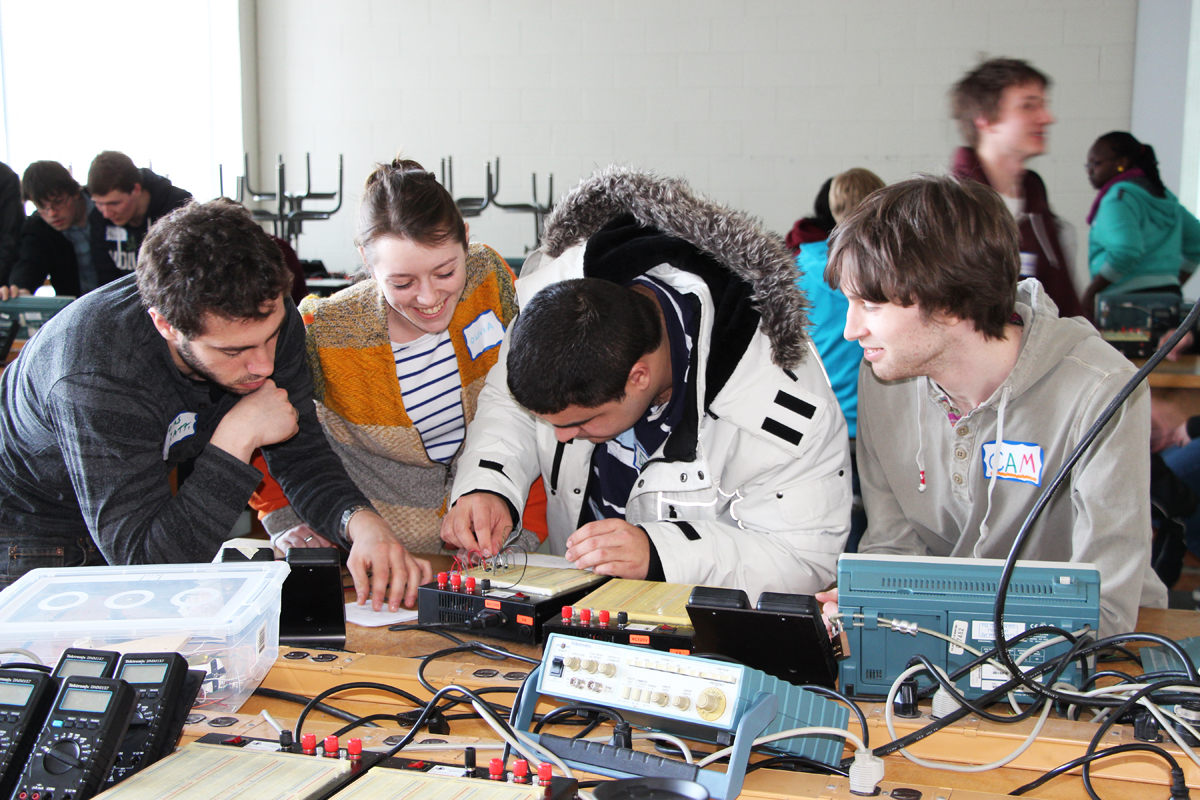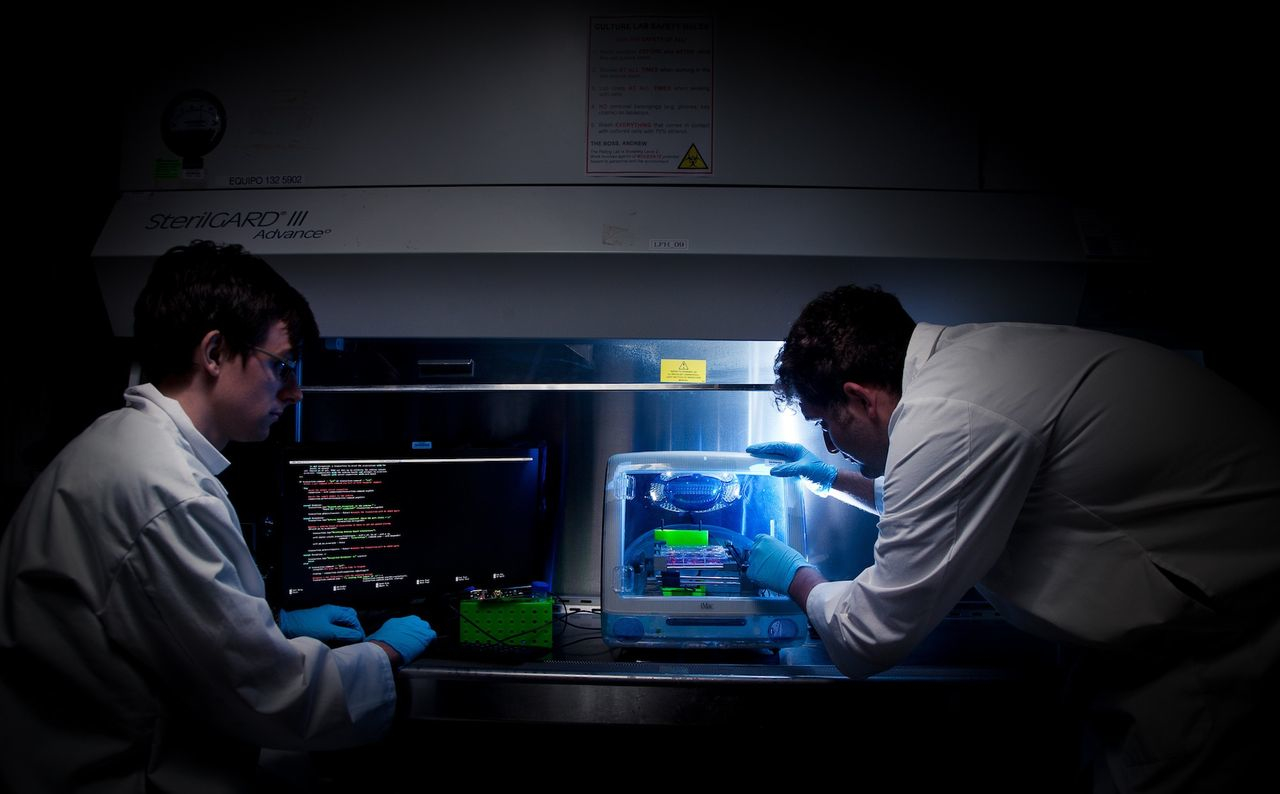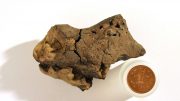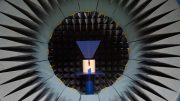Biomedical engineering is the process of applying engineering concepts to problems in medicine and biology. It is an emerging industry in Canada, as fields of study begin to overlap and evolve into their own industries.
A student group on campus strives to connect U of M students to this industry by providing opportunities to attend tours in local laboratories, attend biomedical focused events, and meet professionals in the field.
Olivia Essex, a mechanical engineering student completing her final year of her undergrad program, is the president of the University of Manitoba’s Biomedical Engineering Society (UMBMES). She founded the group after finding that her program lacked a strong focus in biomedical engineering. She wanted to find opportunities to get involved in the field. Her solution was to start a student group. In 2012, she founded UMBMES.
“You can approach [biomedical engineering] from an electrical, computer, biosystems, and mechanical engineering background. You can also be from the biology, physics, or chemistry department. Those in medicine are also involved. The field is very interdisciplinary. Although I would say that probably 95 per cent of our members are engineers, the group is definitely willing to grow,” said Essex.
University of Manitoba’s Biomedical Engineering Society is free to join, and so far the group has approximately 100 members.
One of the ways that UMBMES reaches out to students is through their annual outreach event. The event provides both an industry and research perspective, while also being engaging and informative. During this event, members of the student group give presentations to the first-year students explaining what biomedical engineering is and the different aspects of it. This is followed by an industry tour of a facility in Manitoba, and then presentations by professors from the U of M who are currently doing their research in the biomedical field. The event also includes a hands-on biomedical tutorial and design challenge.
The University of Manitoba’s Biomedical Engineering Society recently took 16 students on a tour to Monteris Medical. At the facility, students were able to learn about and see firsthand the MRI-guided, laser-based neurosurgical devices Monteris has developed to treat brain tumours.
This year is the first time the student group has taken on a project. This project was commissioned by the Rehab Centre for Children and consists of redesigning the mechanism commonly used for articulation in ankle foot orthoses (AFO).
Essex explained that the AFO is a brace which prevents plantar flexion of a patient’s foot, for individuals who experience foot drop. Foot drop is a condition where a person is unable to lift the front part of their foot while walking. The AFO limits plantar flexion while allowing dorsiflexion so that the patient is able to walk without tripping over or dragging their feet.
Students in UMBMES are working on this project voluntarily during their free time. Essex hopes that the student group can enable students from all disciplines to become interested in and get involved with the exciting, fast-growing biomedical field.
For more information on UMBMES, visit umbmes.com or email president.umbmes@gmail.com





